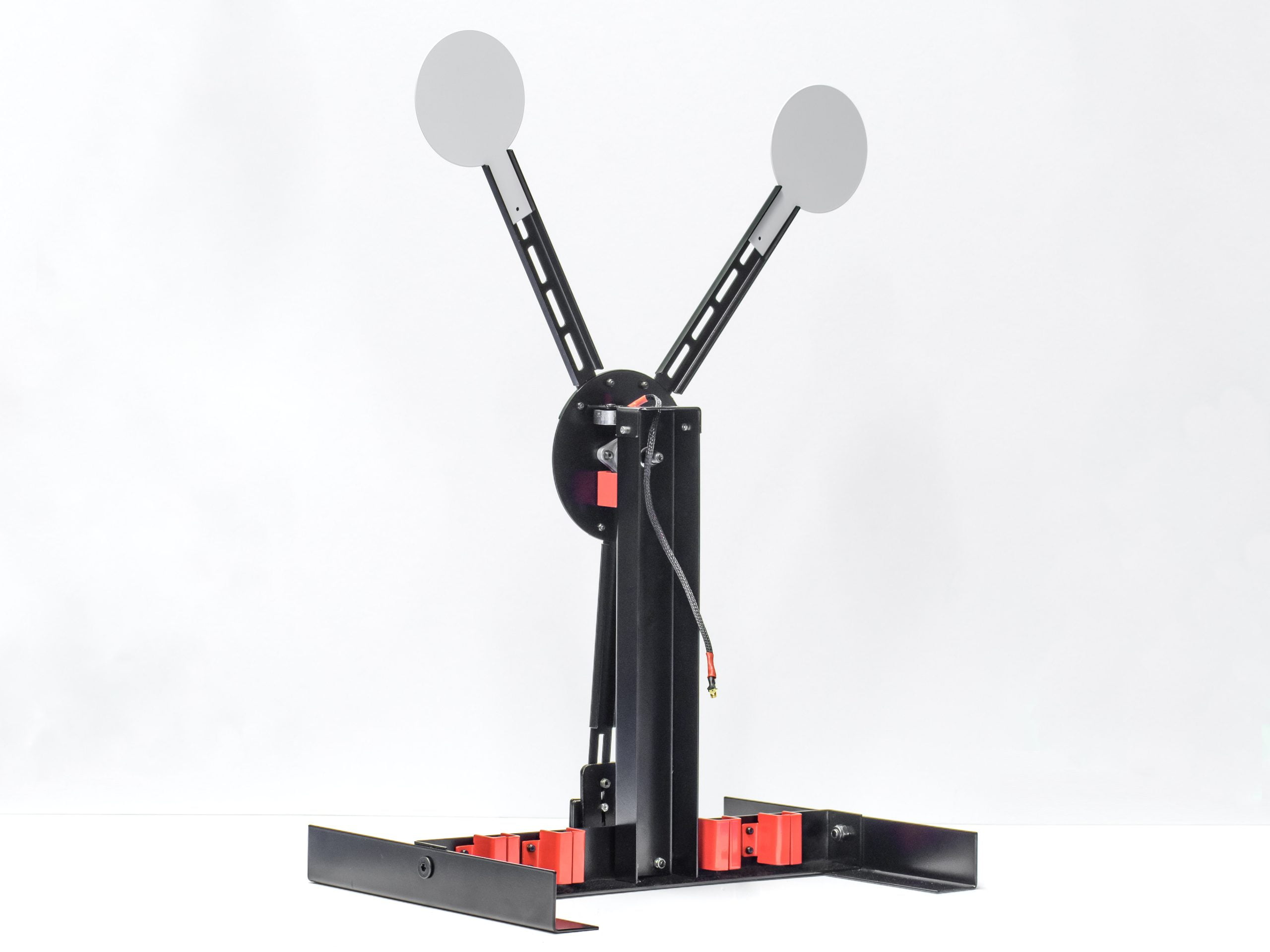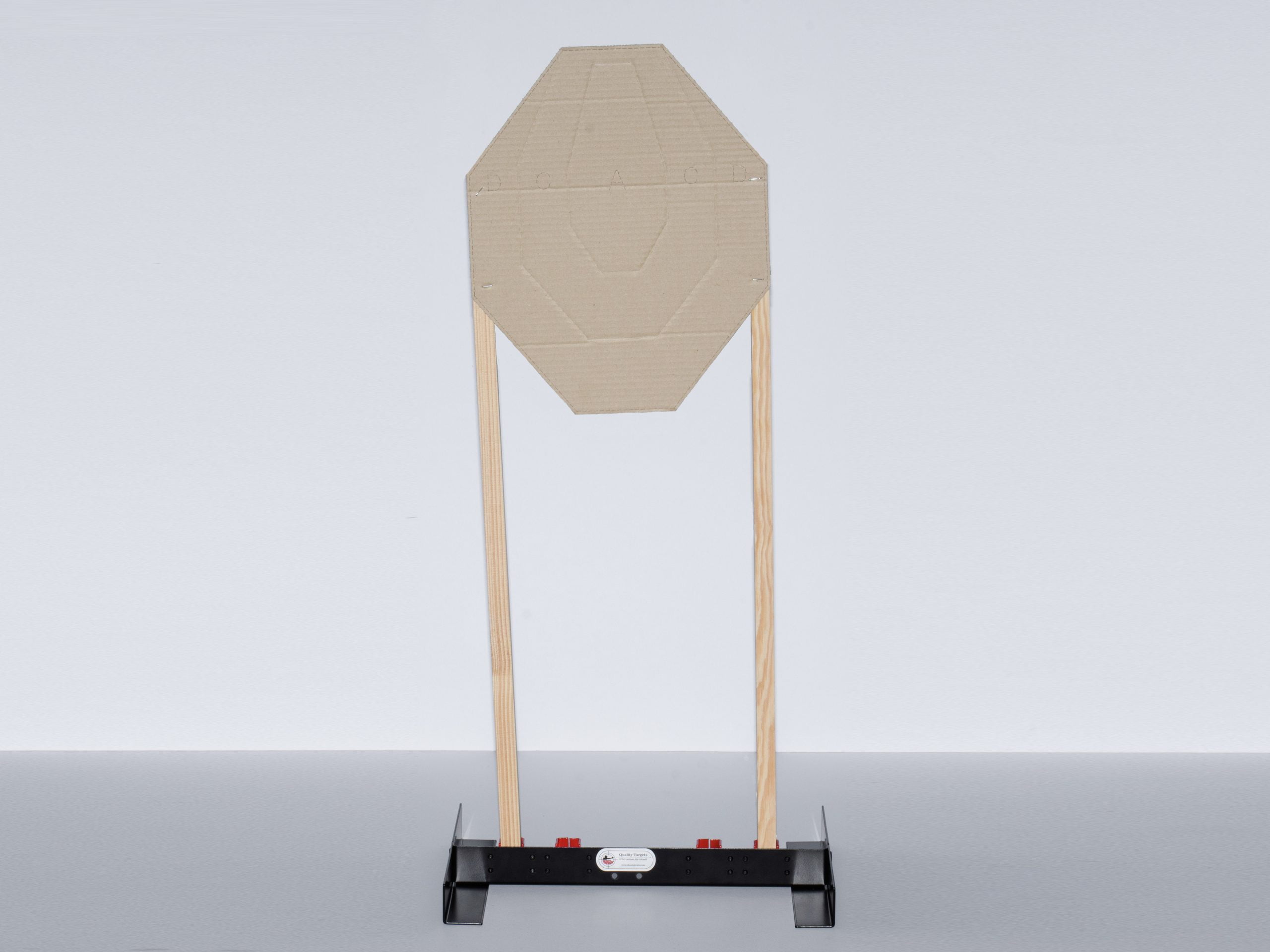
The Impact of IPSC Competitors on Target Advancement
Introduction
IPSC (Worldwide Practical Shooting Confederation) competitors has gotten substantial popularity in recent years, bring in both skilled shooters and beginners alike. With its hectic and dynamic nature, IPSC competition not just checks the shooter's skills however likewise plays a vital function in the advancement of targets. In this post, we will explore the effect of IPSC competition on target development and how it has revolutionized the shooting industry.
The Advancement of IPSC Targets
IPSC targets have come a long way given that the beginning of the sport. In the early days, cardboard and paper targets were utilized, which lacked resilience and failed to supply precise feedback to shooters. However, with advancements in technology and the requirement for more realistic training scenarios, IPSC targets have actually evolved into sophisticated systems that imitate real-life situations.
Enhancing Realism with IPSC Action Air Targets
One innovation that has considerably influenced target development in IPSC competition is the introduction of IPSC Action Air targets. These targets are specifically designed for airsoft weapons and supply a reasonable cardboard shooting targets shooting experience without the requirement for live ammo. By integrating recoil simulation and electronic scoring systems, Action Air targets deal shooters a safer and more accessible method to practice their skills.
The Role of IPSC Competitors in Target Development
IPSC competitors serves as a testing room for target producers to improve their products. Shooters' feedback and experiences during matches assist recognize areas for enhancement, resulting in the advancement of ipsc targets more reliable and effective targets. Let's check out some key elements where IPSC competitors has had a substantial impact on target development.

Durability and Longevity
One important consider target advancement is durability. IPSC competitors often include high-volume shooting over extended periods, putting targets through rigorous usage. Makers have actually reacted by creating robust targets capable of standing up to thousands of rounds without jeopardizing precision or functionality.
Reactive Targets for Immediate Feedback
IPSC competitors emphasizes speed and accuracy, needing shooters to react quickly to changing scenarios. Target designers have acknowledged the requirement for instantaneous feedback and have introduced reactive targets that supply visual and audible hints upon effect. These targets not only boost the shooting experience however likewise help shooters identify locations of improvement in their technique.
Versatility for Varied Training Scenarios
The varied nature of IPSC stages requires targets that can accommodate various shooting positions and angles. Target designers have risen to the difficulty by producing adjustable targets that can be placed at Shoot N Train various heights, distances, and orientations. This versatility enables shooters to train for different circumstances, improving their adaptability and overall performance.
Scoring Systems for Fair Competition
Accurate scoring is a vital aspect of IPSC competition, ensuring fairness among participants. Target developers have actually developed advanced scoring systems that utilize sensing units to identify hits and record accurate scores. These systems get rid of human mistake and offer real-time feedback, permitting rivals to track their progress throughout the match.
Customizability for Individualized Training
Every shooter has unique strengths and weaknesses, needing tailored training routines. IPSC target designers have recognized this requirement and introduced customizable targets that allow shooters to concentrate on specific skills or drills. Whether it's practicing accuracy shots or engaging several targets in quick succession, these targets make it possible for shooters to fine-tune their capabilities efficiently.
FAQs about IPSC Competition and Target Development
Q: What makes IPSC targets different from conventional shooting variety targets? A: Unlike traditional targets, IPSC targets are designed to imitate real-life circumstances, providing a more dynamic shooting experience.
Q: How typically are IPSC targets replaced during competitions? A: The frequency of target replacement varies depending upon the match format and number of individuals. However, most competitions replace targets after each phase to maintain fairness and accuracy.
Q: Can IPSC competition aid improve my shooting skills? A: Absolutely! IPSC competitors difficulties shooters to perform under pressure, enhancing their speed, accuracy, and decision-making abilities.
Q: Are IPSC targets suitable for beginners? A: Yes, IPSC targets appropriate for shooters of all ability levels. They provide a vibrant and interesting training experience while promoting safe and responsible shooting practices.
Q: How do IPSC targets contribute to overall shooter safety? A: By using long lasting products and integrating security features, such as reactive systems and electronic scoring, IPSC targets make sure a safer shooting environment for participants.
Q: Can I use IPSC targets for other shooting disciplines? A: While IPSC targets are particularly created for practical shooting sports, they can be adapted for numerous shooting disciplines to enhance training and mimic practical scenarios.

Conclusion
The effect of IPSC competition on target development can not be overemphasized. From boosting realism with Action Air targets to refining toughness and scoring systems, the development of IPSC targets has changed the shooting industry. With ongoing advancements in technology and continuous feedback from shooters, we can anticipate target designers to push the boundaries even more, developing even more practical and efficient systems for future competitors. So whether you're an avid IPSC competitor or a newbie aiming to enhance your shooting abilities, the advancement of IPSC targets is sure to improve your training experience.